Making Time vs Finding Time
A Principal's Reflections
DECEMBER 21, 2014
First and foremost, make the time to learn, grown, and get better as opposed to finding the time. There is nothing more important to an educator, outside of working with kids, than professional learning. Through social media a Personal Learning Network (PLN) provides a great antidote to the age-old time excuse.


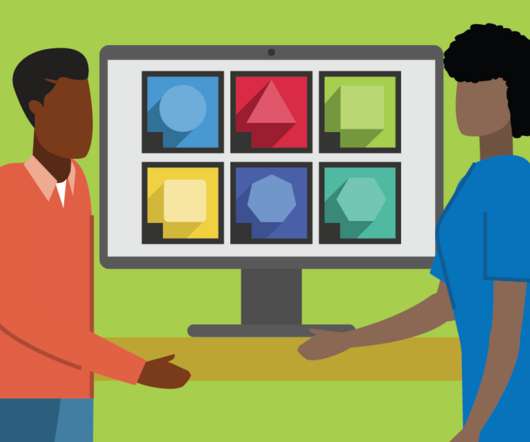






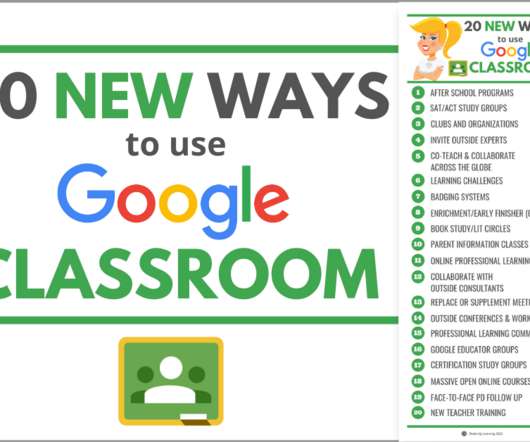
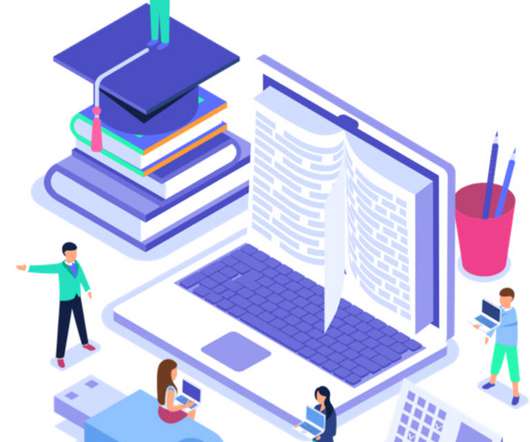



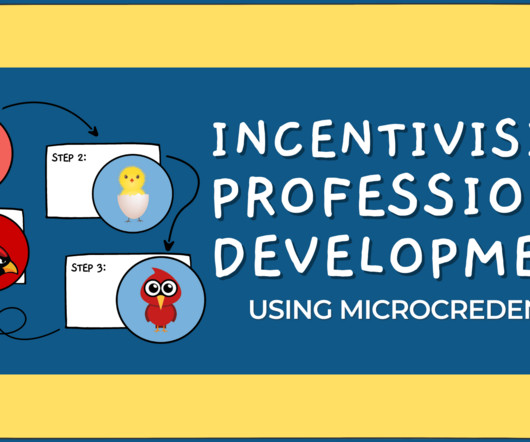
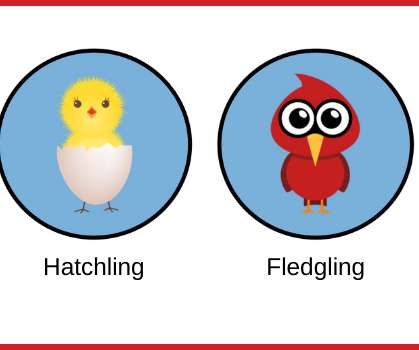
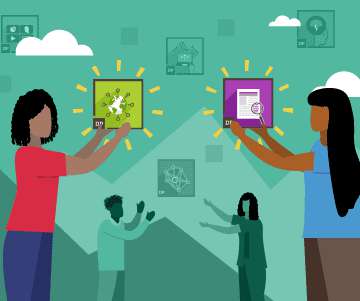
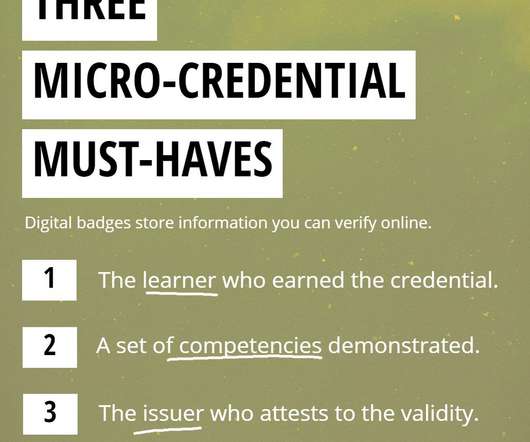

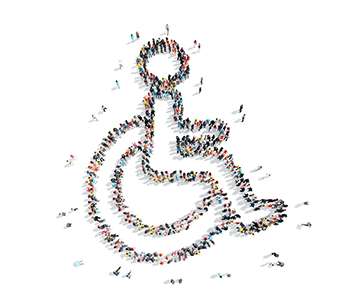













Let's personalize your content